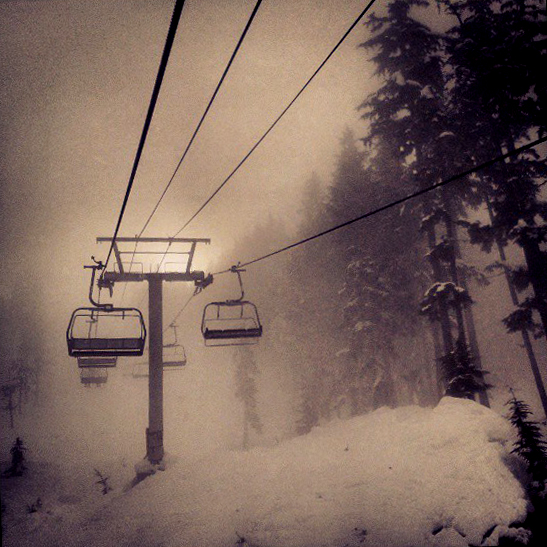
1. Dress appropriately
Check the weather for the altitude you’ll be shooting at. The temperature and weather conditions will be completely different at ground level as they are up the hill. Never wear cotton. Cotton will soak up any sweat you may produce and the cold temperatures will freeze it. So you’ll end up wearing freezing cold clothing.
Invest in some great gloves. You won’t be able to wear glove all the time. You may need to get your hand out to change your camera settings or access gear in your camera bag. I had a pair of gloves that came with little glove liners, so when I pulled them out of the big warm shells I was still somewhat protected. The shells were big enough to slim my hand back in without much effort and I could still press the shutter to take a picture.
Read more...
 One of the least understood aspects of photography is color correction. Even experienced photographers sometimes get it wrong or choose not to pay attention to when shooting in difficult or less than perfect lighting conditions. However color correction is one of the main aspects of getting the perfect color for image and something that pro photographers,who actually need to print their images, consider as a part of the whole workflow. Read more...
One of the least understood aspects of photography is color correction. Even experienced photographers sometimes get it wrong or choose not to pay attention to when shooting in difficult or less than perfect lighting conditions. However color correction is one of the main aspects of getting the perfect color for image and something that pro photographers,who actually need to print their images, consider as a part of the whole workflow. Read more...  One of the least understood aspects of photography is color correction. Even experienced photographers sometimes get it wrong or choose not to pay attention to when shooting in difficult or less than perfect lighting conditions. However color correction is one of the main aspects of getting the perfect color for image and something that pro photographers,who actually need to print their images, consider as a part of the whole workflow. Read more...
One of the least understood aspects of photography is color correction. Even experienced photographers sometimes get it wrong or choose not to pay attention to when shooting in difficult or less than perfect lighting conditions. However color correction is one of the main aspects of getting the perfect color for image and something that pro photographers,who actually need to print their images, consider as a part of the whole workflow. Read more... 

















